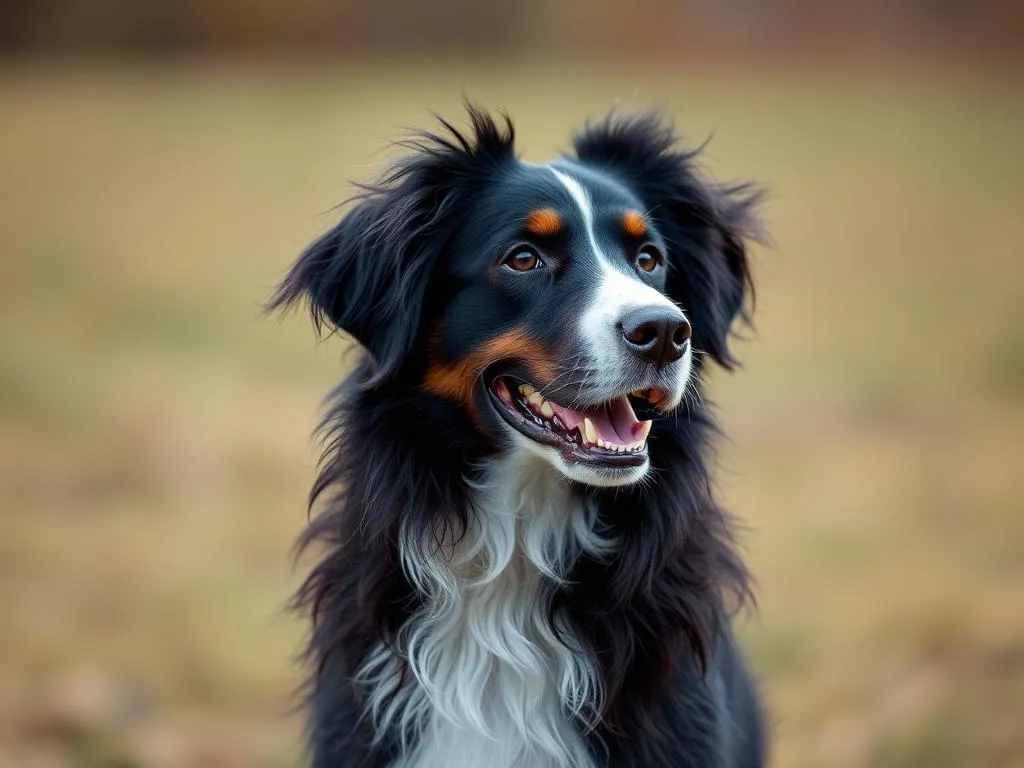
Understanding shedding in dog breeds is crucial for potential pet owners, especially those considering the lively and intelligent Border Collie. This breed is known not only for its herding abilities and energetic demeanor but also for its unique grooming needs. In this article, we will explore the shedding habits of Border Collies, addressing the question: do Border Collies shed a lot?
Understanding Dog Shedding
What is Shedding?
Shedding refers to the natural process where dogs lose old or damaged hair to make way for new growth. This process is a normal part of a dog’s life and is influenced by several factors including health, breed, and environment. The shedding cycle consists of three phases:
- Anagen Phase: This is the growth phase where hair follicles are actively producing hair.
- Catagen Phase: A transitional phase where hair growth slows and the hair follicle shrinks.
- Telogen Phase: The resting phase where old hair falls out, making way for new hair.
Why Do Dogs Shed?
Dogs shed for various natural reasons. Seasonal changes are a significant factor, as many breeds shed more in the spring and fall. Additionally, health conditions, allergies, and nutritional deficiencies can influence shedding patterns. The shedding behavior varies significantly among breeds; some dogs are considered high shedders while others are low shedders.
Overview of Border Collies
Breed Characteristics
Border Collies are medium-sized dogs, typically weighing between 30 to 45 pounds. They are known for their agility, intelligence, and strong work ethic. Their temperament is often described as energetic, alert, and eager to please, making them great companions for active families and individuals.
Coat Type and Texture
Border Collies have a distinct double coat that consists of a soft undercoat and a longer, harsher outer coat. This coat can be of varying lengths but is generally medium to long. They come in an array of color combinations, including black, blue, red, and merle, often with white markings. The unique texture and length of their coat contribute to their shedding patterns.
Shedding in Border Collies
Shedding Frequency
Border Collies typically experience seasonal shedding patterns, especially in spring and fall. During these times, they may shed more significantly as they transition between their winter and summer coats. However, many owners report that Border Collies shed moderately year-round, making it essential to stay on top of grooming.
Shedding Amount
In terms of the amount shed, do Border Collies shed a lot? The answer varies. Compared to breeds like the Siberian Husky or Labrador Retriever, which are known for heavy shedding, Border Collies shed a moderate amount. They are not considered excessive shedders, but their double coat does require regular maintenance to minimize loose hair around the house.
Factors Influencing Shedding in Border Collies
Health Conditions
Various health issues can affect shedding patterns in Border Collies. Common conditions such as allergies, skin disorders, or hormonal imbalances can lead to increased shedding. Regular veterinary check-ups are essential to monitor your dog’s health and address any underlying issues that may contribute to excessive shedding.
Diet and Nutrition
The diet of your Border Collie plays a significant role in their coat health and shedding. A well-balanced diet rich in essential fatty acids, proteins, and vitamins can promote a healthy coat and reduce shedding. It is advisable to consult a veterinarian for dietary recommendations tailored to your dog’s specific needs.
Environmental Factors
Environmental conditions significantly impact shedding. Dogs living in warmer climates may shed more frequently, particularly during the shedding seasons. Additionally, changes in humidity and temperature can influence the shedding cycle. Providing a stable environment can help manage your Border Collie’s shedding.
Managing Shedding in Border Collies
Grooming Practices
To manage shedding effectively, regular grooming is crucial. Here are some recommended grooming practices:
- Brush Regularly: A slicker brush or undercoat rake can be beneficial. Aim to brush your Border Collie at least once a week, increasing frequency during peak shedding seasons.
- Technique Matters: Use long, gentle strokes to remove loose hair without damaging the coat.
Bathing and Skin Care
Bathing your Border Collie can help reduce shedding by removing loose hair and dander. Best practices include:
- Frequency of Baths: Bathe your dog every 1 to 2 months, or as needed, to keep their coat clean and healthy.
- Use Quality Products: Opt for dog-specific shampoos and conditioners that promote coat health. Look for products containing oatmeal or aloe, which can soothe the skin.
Additional Tips
Managing shedding also involves keeping your home clean. Here are some practical tips:
- Regular Cleaning: Vacuum your home frequently to remove dog hair. Consider using a vacuum designed for pet hair.
- Lint Rollers: Keep lint rollers handy to quickly remove stray hairs from furniture and clothing.
Conclusion
In summary, while the question do Border Collies shed a lot? can vary based on individual dogs and their environments, they are generally considered moderate shedders. Regular grooming and proper care can significantly reduce shedding and keep your home clean. By understanding their shedding habits and addressing factors such as health, diet, and grooming, you can ensure a happy and healthy life for your Border Collie.
FAQs
Do Border Collies shed year-round?
Yes, Border Collies do shed year-round but tend to shed more significantly during seasonal changes, particularly in spring and fall.
How often should I groom my Border Collie?
It is recommended to groom your Border Collie at least once a week, with increased frequency during shedding seasons to manage loose hair effectively.
Are there low-shedding alternatives to Border Collies?
If you are looking for low-shedding alternatives, consider breeds such as the Poodle or Basenji, which are known for their minimal shedding.
What are the signs of excessive shedding?
Signs of excessive shedding include bald patches, skin irritation, or noticeable changes in your dog’s coat condition. If you notice these signs, consult with a veterinarian for further evaluation.









